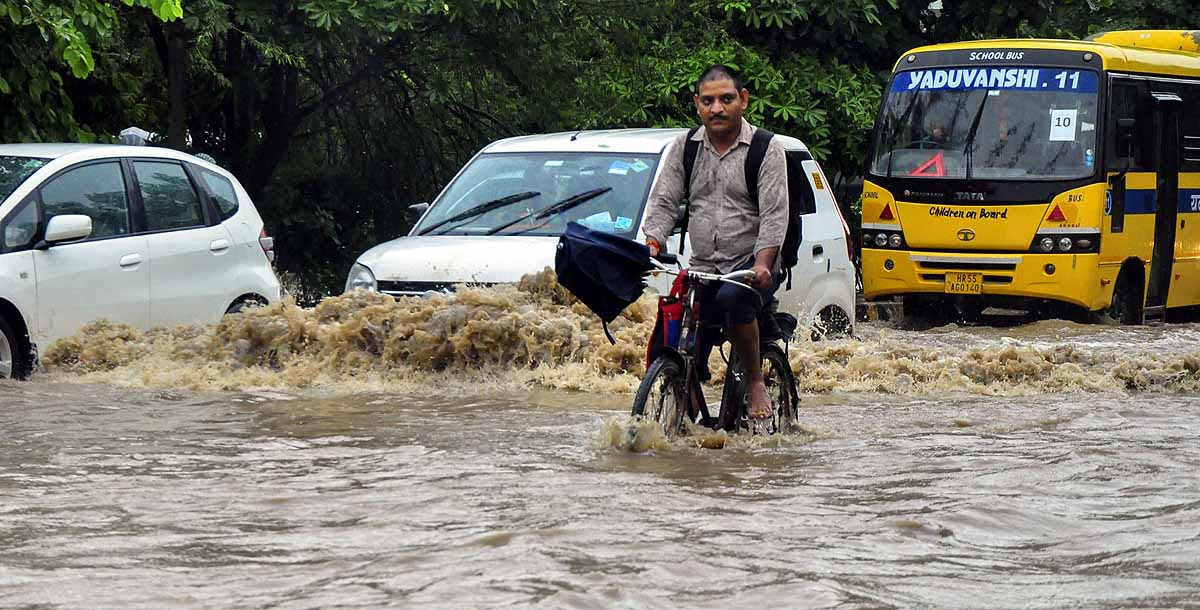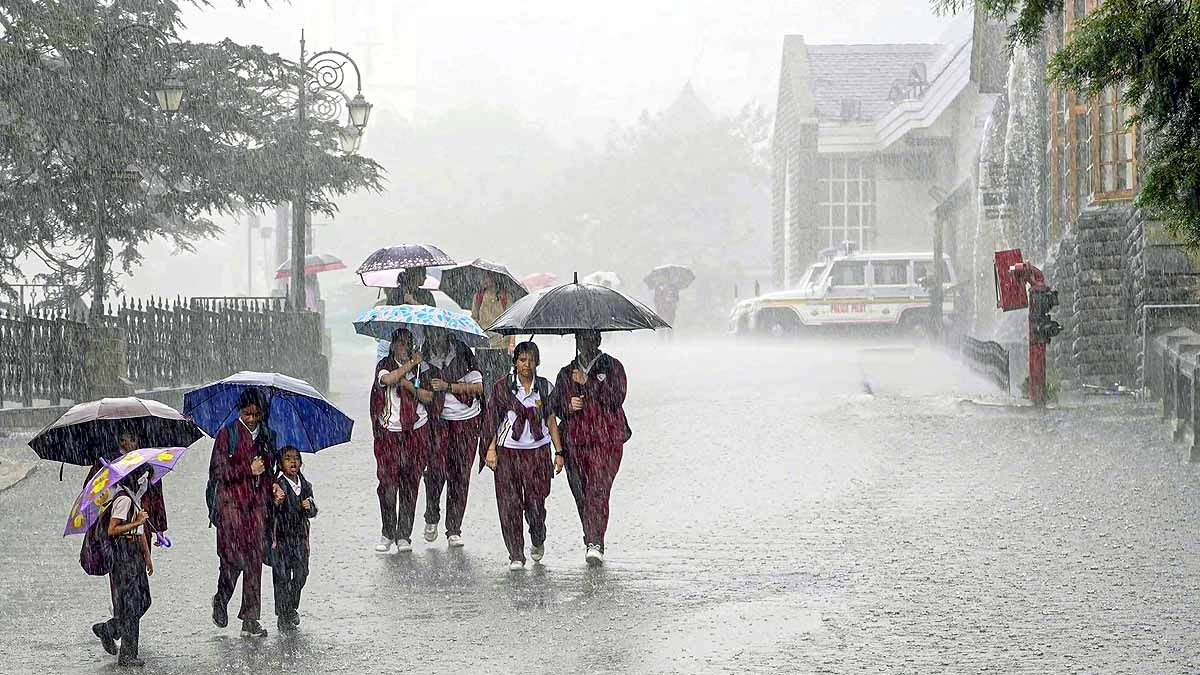Indian meteorologists estimate that within the next five years, they will become experts capable of controlling rain, lightning, and hail. This means they can make it rain wherever and whenever needed and reduce heavy rainfall if necessary. They will apply this control to lightning and hail as well.
In an interview with an English newspaper, M. Ravichandran, Secretary of the Ministry of Earth Sciences, mentioned that they are about to start initial experiments to suppress or enhance rainfall. For the first 18 months, they will conduct laboratory experiments inside cloud chambers. However, it is certain that within five years, they will be able to modify weather artificially.
Also Read:
Ravichandran stated that this initiative is part of the Government's Mission Mausam, which has received cabinet approval. When asked if they can reduce rainfall in Delhi on August 15 to allow people to enjoy Independence Day celebrations, he said it could be tried.
What else will scientists do under Mission Mausam?
Under Mission Mausam, scientists will not only control rain, lightning, and hail but also aim to deliver precise weather forecasts. They are working on bringing short and medium-range forecasts within 5-10% accuracy. The Indian Meteorological Department (IMD) is making immense efforts in this direction.
Also Read:

Source: aajtak
IMD states they are preparing to make India a climate-smart nation. They won't miss any natural processes and will provide early alerts about any upcoming cloudbursts in specific regions. Scientists are developing Mausam GPT, similar to ChatGPT, to provide rapid weather-related information in both written and audio formats.
Which countries are attempting to control rain?
Countries like the USA, Canada, China, Russia, and Australia, along with a few others, are engaged in efforts to both enhance and suppress rain. They run cloud seeding projects and sometimes conduct overseeding to reduce the chance of hail, preventing damage to crops and fruit orchards. The current experiment is named Cloud-Aerosol Interaction and Precipitation Enhancement Experiment (CAIPEEX).
Also Read:
What is artificial rain?

Source: aajtak
To induce artificial rain, scientists release silver iodide, dry ice, and ordinary salt into the clouds at a specific altitude. This process is known as cloud seeding. It requires at least 40% cloud cover with some water content. The challenge is that in November, cloud cover over the capital is minimal, which can cause problems in cloud seeding.
Cloud seeding requires water in the clouds
Cloud seeding is feasible only if there is 40% cloud cover with adequate water in the clouds. Aircraft, balloons, or rockets can be used for this purpose. However, selecting the right clouds is crucial. During winters, clouds often lack sufficient water content to form. The dry weather causes water droplets to evaporate before reaching the ground.
Also Read:
Cost of inducing artificial rain is 1-1.5 million rupees
Artificial rain costs around 1-1.5 million rupees per session. So far, 53 countries worldwide have conducted such experiments. Small trials of artificial rain have been carried out over Kanpur using small aircraft, resulting in either rain or just a drizzle. Artificial rain can temporarily alleviate issues like air pollution but may only provide relief for 4-10 days. Another risk is that if strong winds suddenly blow, the chemicals might drift to another area, causing rain where it wasn’t intended.




